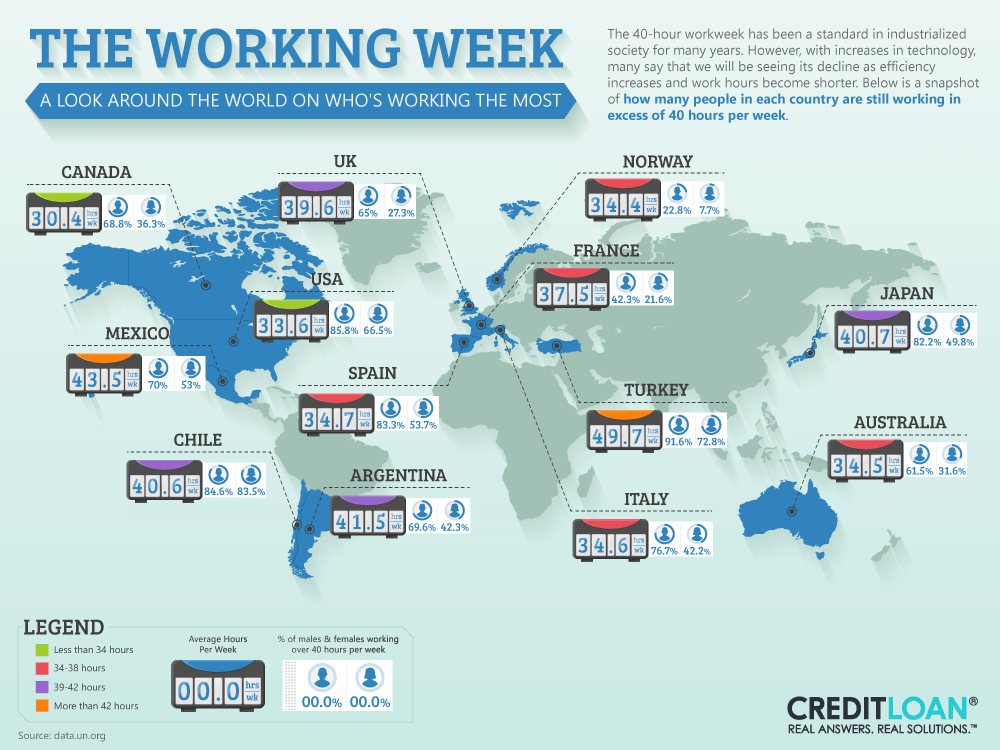Finding The Right Dumpster Size For Your Job: An Extensive Guide
Finding The Right Dumpster Size For Your Job: An Extensive Guide
Blog Article
Staff Author-Matthiesen Davies
When embarking on a project that calls for a dumpster, the size you choose can significantly impact its performance and cost-effectiveness. Imagine having the excellent container that suits all your waste without being exceedingly large or too little. It all beginnings with understanding the nuances of your project and choosing a dumpster dimension that aligns with your details needs. So, before you choose, think about the variables at play to make sure a seamless waste monitoring process throughout.
Factors to Think about
When choosing the appropriate dumpster dimension, there are a number of crucial elements to take into consideration.
First, think about the type of waste you'll be dealing with. Different products might call for differing quantities of space, so recognizing what you'll be putting in the dumpster is critical.
Next off, examine the amount of waste you anticipate to generate. If you ignore the volume, you might need to make numerous trips to take care of everything, which can be troublesome and pricey. On mouse click the up coming website page , renting out a dumpster that's also big can result in unnecessary expenses.
Furthermore, think about the space where the dumpster will be placed. Ensure there's enough room for the dumpster to be provided and grabbed without any obstructions.
Lastly, think of any weight limitations that might use. Surpassing the weight restriction can lead to added costs or even the refusal of service.
Dumpster Dimension Options
For selecting the right dumpster dimension, it's important to have a good understanding of the readily available choices. https://www.tennessean.com/story/life/shopping/ms-cheap/2020/08/20/nashville-junk-drop-removal-service-donations-to-charity/5437899002/ from 10 to 40 cubic lawns, with variants in between.
A 10-yard dumpster is suitable for small tasks like a garage cleanout or a tiny restoration. If you're taking on a medium-sized task such as a cooking area remodel or a cellar cleanout, a 20-yard dumpster might be the ideal selection.
For bigger tasks like a whole-house remodelling or industrial construction, a 30 or 40-yard dumpster could be preferable to suit the volume of waste produced.
When choosing a dumpster size, take into consideration the amount and sort of particles you anticipate to dispose of. It's better to pick a somewhat bigger size if you're uncertain to stop overfilling. Remember, it's more economical to rent out a dumpster that fits your demands rather than needing to get an additional one.
Matching Dimension to Project
Efficiently matching the dumpster size to your job is important for reliable waste monitoring. To figure out the ideal size, consider the extent and nature of your project.
For little home cleanouts or restorations, a 10-yard dumpster might be adequate. These are commonly 12 feet long and can hold about 4 pickup lots of waste.
For bigger projects like remodeling numerous spaces or clearing out a big estate, a 20-yard dumpster could be more suitable. These are around 22 feet long and can hold approximately 8 pickup tons.
If you're dealing with a major construction task or commercial remodelling, a 30-yard dumpster could be the best fit. These dumpsters are about 22 feet long and can accommodate concerning 12 pickup truck lots of particles.
Matching the dumpster size to your project guarantees you have adequate space for all waste products without overpaying for unused capacity.
Final thought
Finally, picking the right dumpster size for your task is essential for reliable waste disposal. By considering variables like the type and amount of waste, room availability, weight constraints, and budget constraints, you can ensure you have the suitable dimension dumpster for your needs. See to it to match the dimension of the dumpster to the range and nature of your project to stay clear of overspending on unnecessary costs.
